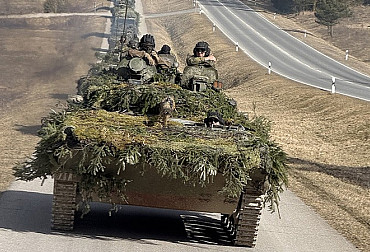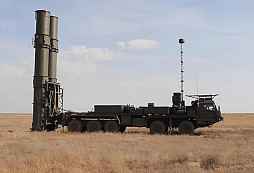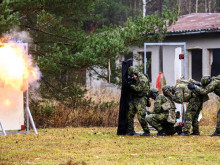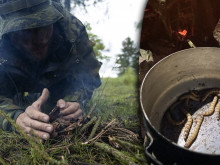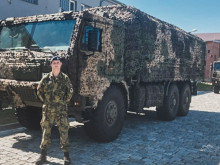The Military Research Institute, state enterprise is testing new uniform which changes colours. Will the army get a new camouflage pattern, too?
What was unbelievable (or non-functional) without battery power supply units a couple of years ago, has now become a reality. Scientists of the Technical University in Liberec have developed a uniform for the Czech Army changing its camouflage, which can mask a soldier both in forest and desert. The uniform has dark-green shades when moving in forestry, and becomes pale in drier and warmer environment. The Military Research Institute should obtain the developed prototype of this camouflaging uniform to test and finalize it.)
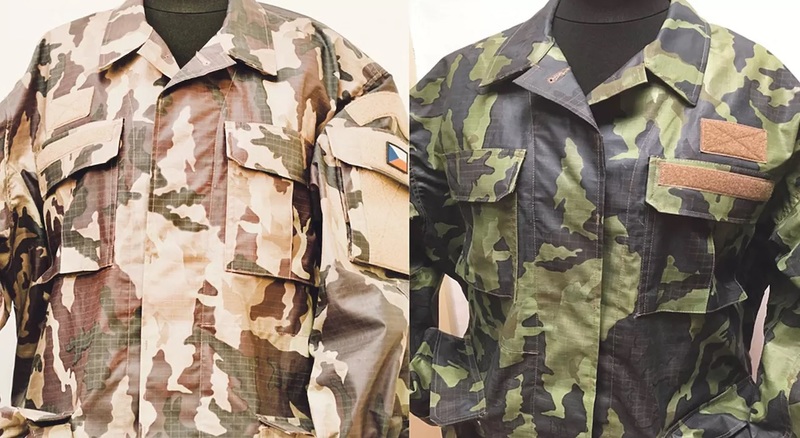
Picture: Colour of the new camouflage pattern is being changed depending on ambient temperature | tul.cz
The Army of the Czech Republic nowadays uses two basic variants of camouflage – classic, “forest-style”, with brown and green shades, and lighter, “desert-style”, for the use, for example, during military missions in a drier environment of Afghanistan or Iraq. “The lighter variant of the camouflage is, however, with regards to the current droughts, becomes more and more actual even in the domestic environment, where, for example, a soldier on a drought meadow is better camouflaged in the “desert-style” than in classic camouflage," said Head of Research Martina Viková from the Technical University in Liberec.
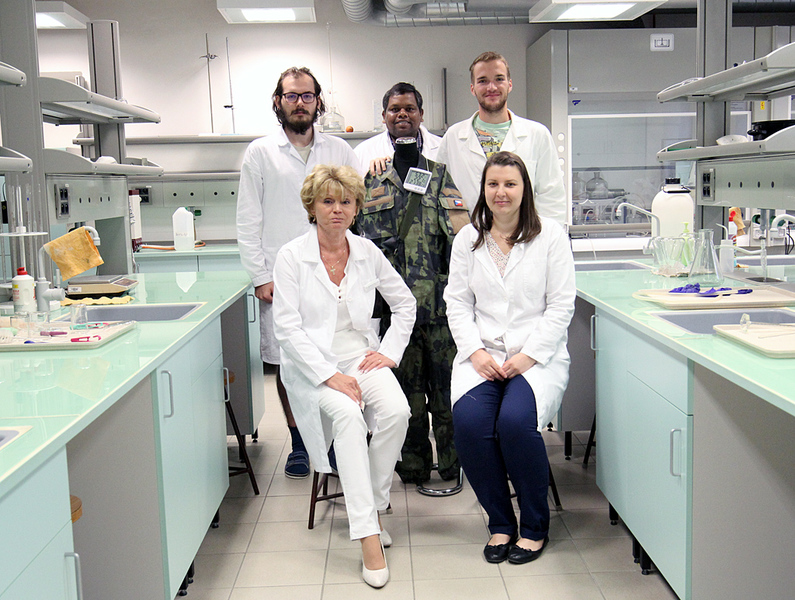
Picture: Member of the research team: Lecturer Viková and Marcela Pechová and (from the left) Branislav Budoš, Aravin Prince Periyasamy and Dominik Dušek | tul.cz
The team of scientists from the Technical University in Liberec were developing material for two years. As Martina Viková said, thermochromic pigments applied on textile are adjusted so that dark green tuning can be transformed to a lighter shade at temperature between 37 and 40°C. Colours (or shades) can be changed repeatedly and in the long term. One of the challenges of the research of the chameleon camouflage was to stabilize light persistence of the used pigments so that they long-term withstand the solar radiation. It means so that the colour was stable in the same environment in contrast to the current camouflages, which are visibly vari-coloured at celebrations and accessions. And furthermore, the scientists equipped the newly developed textile with a waterproof layer, which comes through demanding ground conditions.
The university has provided photos of the both types of the camouflage pattern, i.e. desert-style and forest-style ones. The question, however, remains whether this is a real resulting product or these are just test specimens. The army spoke some time ago about implementation of a new camouflage pattern, which should be a variation of the multicam camouflage pattern. Brigadier-General Jaroslav Trakal, who is Director of the Logistic Agency of the Czech Army, said at that time that transition to the new “Czech multicam”, camouflage pattern, which will replace the actual camouflage pattern 95, has to be realized in 2020. It should be the multicam adapted for the Czech conditions. However, it is necessary to remember that together with the new camouflage pattern a lot of various accessories have to be acquired.
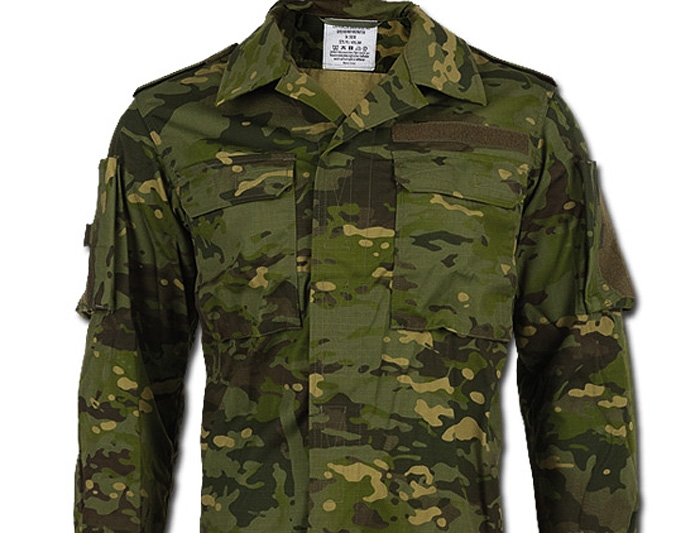
Picture: Possible appearance of the future Czech camouflage pattern, which should be variation of the multicam camouflage pattern
With regards to the extensive purchases in the future years, it is not possible to expect deployment of new uniforms in 2020, but in the several future years our soldiers probably can wait it. Together with the camouflage patterns, modern style and used materials will be also substantial. In short, the newly developed textile with the chameleon function must be resistant but cost-effective, what cannot be always reachable. It can also be that a possible result of the efforts of the Technical University in Liberec will be only used for a small group of soldiers, for example, for our special unit 601.skss.
















